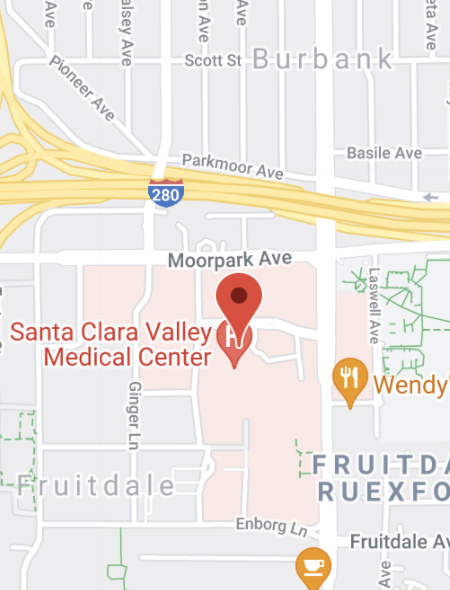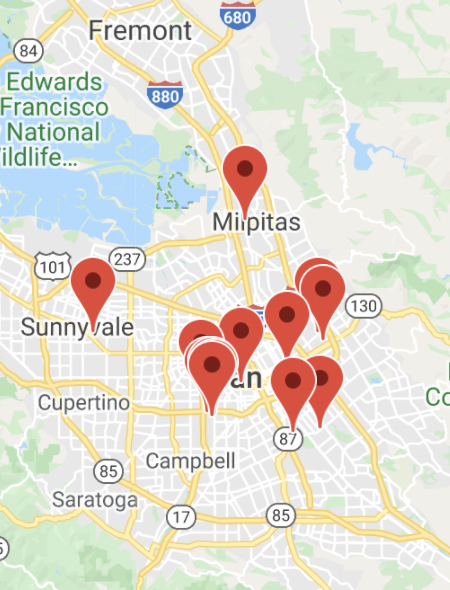INTERNAL MEDICINE RESIDENCY
Clinical Rotations
The SCVMC Internal Medicine training program emphasizes patient-centered care. Residents have broad exposure to disease across all settings and graduate with an exceptional foundation in Internal Medicine.
Medicine Wards and Night Float
There are eight general medical ward teams comprised of 1 senior resident, 2 interns, a Hospitalist and typically a third or fourth year medical student. Stanford University medical students, interns and residents rotating at SCVMC are an integral part of the ward and unit teams. Teams admit on a 4-day cycle, and a night float system provides admitting and cross coverage duties. There is no overnight call on Medicine wards for residents or interns. Subspecialists act as consultants meaning all medicine patients are admitted to the general ward teams which results in the broadest possible exposure to diseases. In addition, all interns complete at least 1 block of inpatient general medicine wards at either Stanford University hospital or the Palo Alto VA Medical Center.
ICU and CCU
Each ICU team consists of one intern and one resident working directly with critical care specialists in the management of patients in both the ICU and the CCU. The attending physicians provide excellent clinical guidance and allow a great deal of autonomy. Interns and residents both have many opportunities for procedures. Senior residents in the ICU are on a Q4 overnight call cycle; there is no overnight call for interns. Didactics include morning radiology rounds and afternoon attending led sessions on high-yield topics.
Central line training during intern orientation
Subspecialty Rotations
Subspecialty services combine inpatient consults in addition to ambulatory time. Residents rotate through multiple subspecialty rotations including Nephrology, Hematology, Pulmonology, Oncology, Cardiology and Gastroenterology. All categorical residents rotate in Geriatrics and are offered experiences in urgent care, palliative care, and care of the homeless and vulnerable populations. Other electives are available as well including Infectious Diseases, the PACE clinic (HIV), Tuberculosis clinic, Rheumatology, Endocrinology and others. Subspecialty rotations have their own curricula and rotation specific knowledge assessment.
Ambulatory
Our ambulatory teaching changed significantly in 2015 when we changed to a “4+2” block schedule for the R2s and R3s and again in 2017 with a “4+2” system for interns. The system alternates 4-week inpatient blocks with 2-week ambulatory or elective blocks. This schedule diminishes the tension between inpatient and outpatient needs. During these 2 week ambulatory blocks residents participate in a didactic workshop series of important topics such as High Value Care, musculoskeletal workshops, art and literature in medicine, urgent ophthalmologic cases, women’s health, cross-cultural medicine and many more. Residents spend 5 half-days in their continuity clinics and have 3 half-days in subspecialty clinics which may be longitudinal. Interns spend 4 half-days in their continuity clinics with 5 half-days in subspecialty clinic. All housestaff have dedicated time for coordination of patient care and for Quality Improvement projects.
Suturing skills in the ambulatory setting





